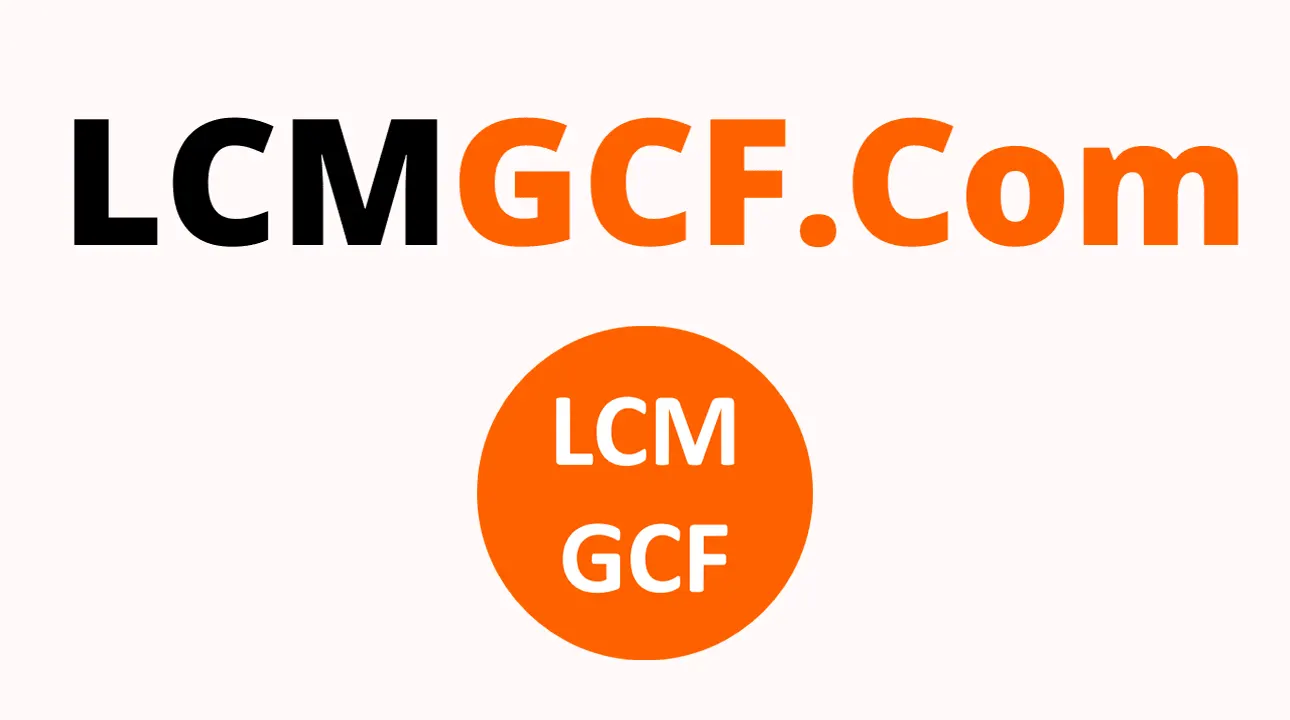Highest Common Factor of 439, 783, 337 using Euclid's algorithm
Created By : Jatin Gogia
Reviewed By : Rajasekhar Valipishetty
Last Updated : Apr 06, 2023
HCF Calculator using the Euclid Division Algorithm helps you to find the Highest common factor (HCF) easily for 439, 783, 337 i.e. 1 the largest integer that leaves a remainder zero for all numbers.
HCF of 439, 783, 337 is 1 the largest number which exactly divides all the numbers i.e. where the remainder is zero. Let us get into the working of this example.
Consider we have numbers 439, 783, 337 and we need to find the HCF of these numbers. To do so, we need to choose the largest integer first and then as per Euclid's Division Lemma a = bq + r where 0 ≤ r ≤ b
Highest common factor (HCF) of 439, 783, 337 is 1.
HCF(439, 783, 337) = 1
HCF of 439, 783, 337 using Euclid's algorithm
Highest common factor or Highest common divisor (hcd) can be calculated by Euclid's algotithm.
Highest common factor (HCF) of 439, 783, 337 is 1.

Highest Common Factor of 439,783,337 is 1
Step 1: Since 783 > 439, we apply the division lemma to 783 and 439, to get
783 = 439 x 1 + 344
Step 2: Since the reminder 439 ≠ 0, we apply division lemma to 344 and 439, to get
439 = 344 x 1 + 95
Step 3: We consider the new divisor 344 and the new remainder 95, and apply the division lemma to get
344 = 95 x 3 + 59
We consider the new divisor 95 and the new remainder 59,and apply the division lemma to get
95 = 59 x 1 + 36
We consider the new divisor 59 and the new remainder 36,and apply the division lemma to get
59 = 36 x 1 + 23
We consider the new divisor 36 and the new remainder 23,and apply the division lemma to get
36 = 23 x 1 + 13
We consider the new divisor 23 and the new remainder 13,and apply the division lemma to get
23 = 13 x 1 + 10
We consider the new divisor 13 and the new remainder 10,and apply the division lemma to get
13 = 10 x 1 + 3
We consider the new divisor 10 and the new remainder 3,and apply the division lemma to get
10 = 3 x 3 + 1
We consider the new divisor 3 and the new remainder 1,and apply the division lemma to get
3 = 1 x 3 + 0
The remainder has now become zero, so our procedure stops. Since the divisor at this stage is 1, the HCF of 439 and 783 is 1
Notice that 1 = HCF(3,1) = HCF(10,3) = HCF(13,10) = HCF(23,13) = HCF(36,23) = HCF(59,36) = HCF(95,59) = HCF(344,95) = HCF(439,344) = HCF(783,439) .
We can take hcf of as 1st numbers and next number as another number to apply in Euclidean lemma
Step 1: Since 337 > 1, we apply the division lemma to 337 and 1, to get
337 = 1 x 337 + 0
The remainder has now become zero, so our procedure stops. Since the divisor at this stage is 1, the HCF of 1 and 337 is 1
Notice that 1 = HCF(337,1) .
HCF using Euclid's Algorithm Calculation Examples
Here are some samples of HCF using Euclid's Algorithm calculations.
Frequently Asked Questions on HCF of 439, 783, 337 using Euclid's Algorithm
1. What is the Euclid division algorithm?
Answer: Euclid's Division Algorithm is a technique to compute the Highest Common Factor (HCF) of given positive integers.
2. what is the HCF of 439, 783, 337?
Answer: HCF of 439, 783, 337 is 1 the largest number that divides all the numbers leaving a remainder zero.
3. How to find HCF of 439, 783, 337 using Euclid's Algorithm?
Answer: For arbitrary numbers 439, 783, 337 apply Euclid’s Division Lemma in succession until you obtain a remainder zero. HCF is the remainder in the last but one step.